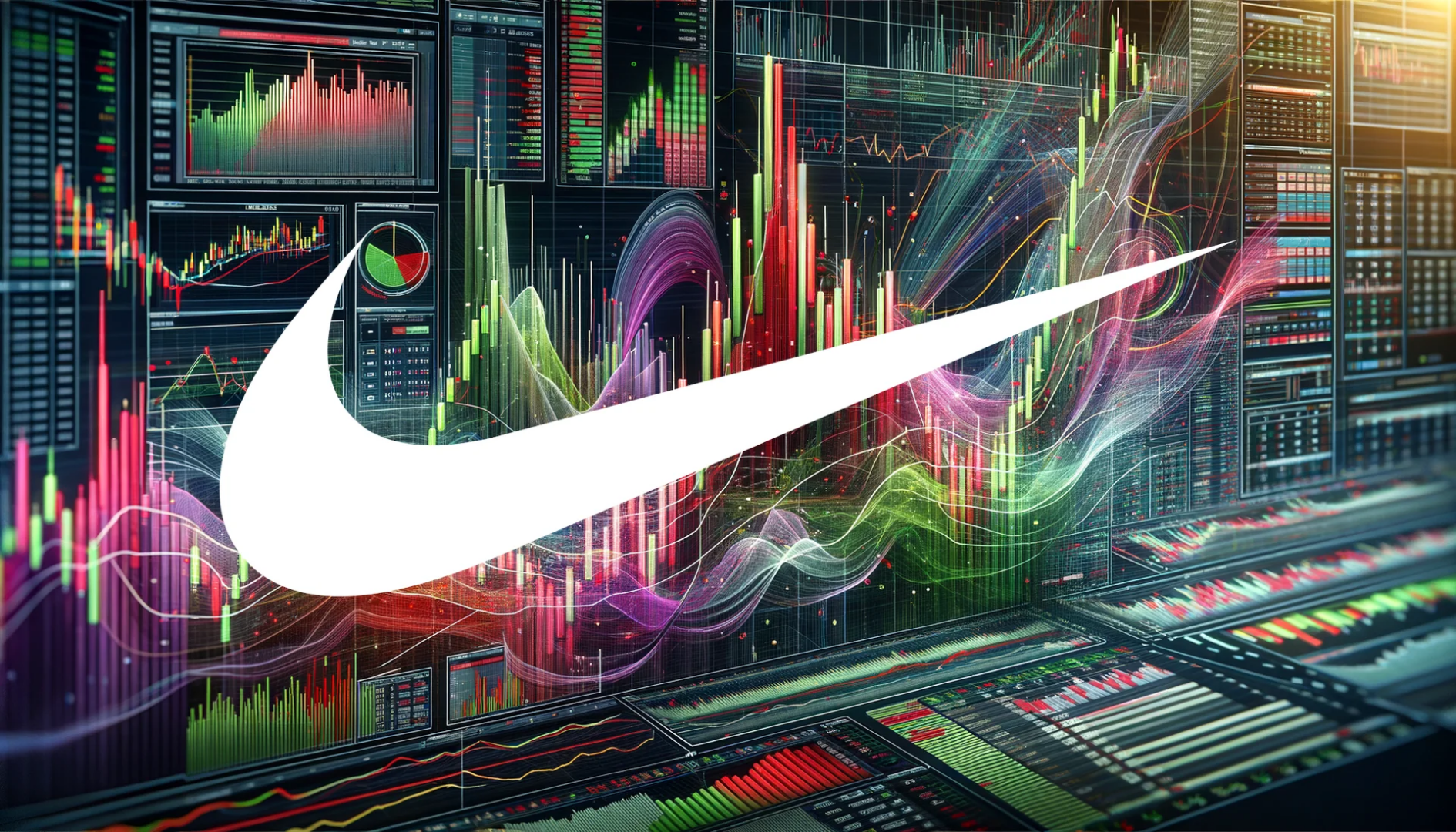The athletic apparel landscape is undergoing a significant transformation, with former industry kingpin Nike facing substantial headwinds. As emerging competitors like On and Hoka capture market share, the situation has grown serious enough to prompt a credit rating downgrade from Moody’s. However, recent quarterly performance hints at potential recovery—could a turnaround be on the horizon sooner than anticipated?
Restructuring Efforts Underway
A major corporate overhaul is currently in progress under the leadership of CEO Elliott Hill. The company has shifted its organizational structure, now aligning by sport category rather than target demographics, a move that impacted approximately 8,000 employees. Hill’s “Win Now” initiative prioritizes strengthening Nike’s position in North America, revitalizing wholesale partnerships, and boosting performance in running categories.
Despite these strategic shifts, significant obstacles remain. Management has projected a slight revenue decline for the upcoming second quarter and does not anticipate a return to growth in its direct-to-consumer business within the current fiscal year.
Moody’s Issues Credit Warning
Adding to the company’s challenges, Moody’s Investors Service downgraded Nike’s credit rating from A1 to A2 on November 13, 2025. The rating agency cited mounting cost pressures from increased tariffs and intensifying competitive dynamics as primary reasons for the adjustment.
The fiscal year 2025 proved particularly difficult, with revenue declining by 10 percent and earnings before interest and taxes plummeting a substantial 42 percent. While Moody’s now considers the outlook stable following the downgrade, the forecast remains cautious. Analysts project that Nike’s debt-to-operating earnings ratio will initially worsen to 2.5 before showing improvement by 2027.
Should investors sell immediately? Or is it worth buying Nike?
Quarterly Results Show Mixed Performance
Nike’s first quarter 2026 earnings report delivered conflicting signals. Revenue unexpectedly climbed 1 percent to $11.72 billion, comfortably surpassing market expectations. However, profitability metrics revealed deeper issues.
The gross margin contracted by 3.2 percentage points to 42.2 percent, driven primarily by elevated tariff expenses and increased discounting activities to reduce inventory levels. Tariff impacts have emerged as a more substantial problem than initially projected, with the company now anticipating $1.5 billion in related costs for the current fiscal year, significantly above the original $1 billion estimate.
Diverging Regional Performance
The company’s recovery pattern shows stark regional disparities. North America demonstrated strength with revenue growth of 4 percent to $5.02 billion, while wholesale channels surged 7 percent. This robust performance contrasts sharply with Nike’s struggles in China, where sales dropped 9 percent as domestic competitors continue to gain traction.
Particularly concerning is the slowdown in Nike’s direct sales channel. Digital commerce sales fell 12 percent, and the Converse brand experienced a dramatic 27 percent revenue decline.
The critical question for investors remains whether the sportswear titan can reclaim its former dominance or if they should prepare for an extended period of restructuring and recovery.
Ad
Nike Stock: Buy or Sell?! New Nike Analysis from November 18 delivers the answer:
The latest Nike figures speak for themselves: Urgent action needed for Nike investors. Is it worth buying or should you sell? Find out what to do now in the current free analysis from November 18.
Nike: Buy or sell? Read more here...










